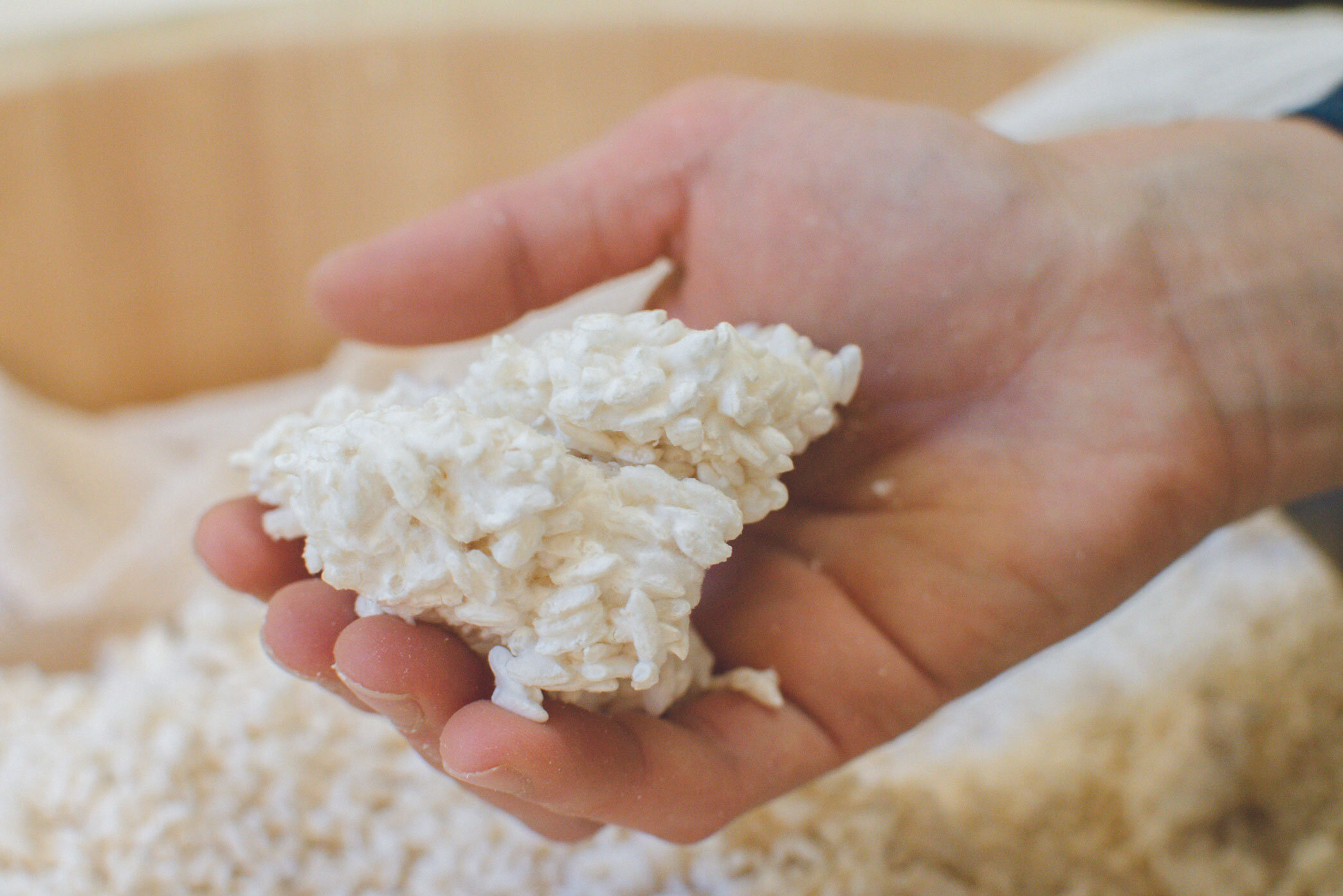
How Miso is Made
I found that “Miso” in the United States is sometimes referred to “Miso Soup,” and many people don’t know that real Miso is actually paste form. True Miso is a fermented bean paste. Sometimes it's smooth, moist and lighter beige color, sometimes it is chunky and dark brown color, or anywhere in between.
Miso is one of the oldest fermented essential condiments in Japan. It originated in China, and then it was brought to Japan around AC 700. Once it supported the Samurai’s vitality, and it was reserved for the aristocracy. Miso has a long history of helping people’s health, and it has become an essential daily food for many centuries in Japan.
Miso is traditionally made with three simple three ingredients: legumes, grain, and salt.
Commonly, rice, barley, and soy beans are used for Miso making in Japan.
Throughout the nation, there are many types of Miso which are unique and characteristic to each area/region, like dialects. Sweeter barley miso is found in the Southern part of Japan. Mild and balanced yellow Miso is found in the middle part of Japan, and darker saltier Miso is found in the northern part of Japan.
Most consumed Miso in Japan is made with soybeans, short grain rice, and sea salt.
First, the rice is made into Koji.
Koji is a very safe edible mold, and when it’s inoculated and grown on rice, we call it Rice Koji/ Kome Koji.
Koji is a very essential part of Miso making.
Once the Rice Koji is ready, it gets mixed with cooked and mashed Soybeans and Salt.
Then the mixture gets packed into vessels/ crocks to ferment at least 3 months, up to several years.
When Miso is fermented for a shorter term, it usually has more sweetness and a somewhat refreshing taste, and Yin quality that is suited for Spring and Summer use. When Miso gets fermented for a longer term, more than a year, it usually contains more salt as a preservative. Since it has more time to let enzymes to break down the beans and rice, it tends to have a more deeper color and more Umami, which can have more health benefits, and a Yang quality that suits the Fall and Winter time. However, everyone lives in a different climate and environment, and all body types and preferences are different. So you can find your favorite type of Miso simply by trying them in many different dishes, and even in your staple meals such as spaghetti sauce. You may find that you can the step up the flavors in your usual dishes.
In Japan, Miso soup is a regular breakfast soup that is served along with a bowl of rice, and side dishes. You can expect that Miso will be served at most any restaurant in Japan, and there are a lot more uses other than soup. It is used for sauces, dips, dressings, marinade and more. Every household have Miso in hand, and traditionally most households had their own family recipes that are passed on to future generations. It is sad to say that not every family makes their own Miso nowadays, due to the manufacturing companies and modern lifestyles, but still there are a lot of people who care about the quality of Miso and a relationship with Miso. So in Japan it is still pretty easy to find someone who makes their own Miso at home.



